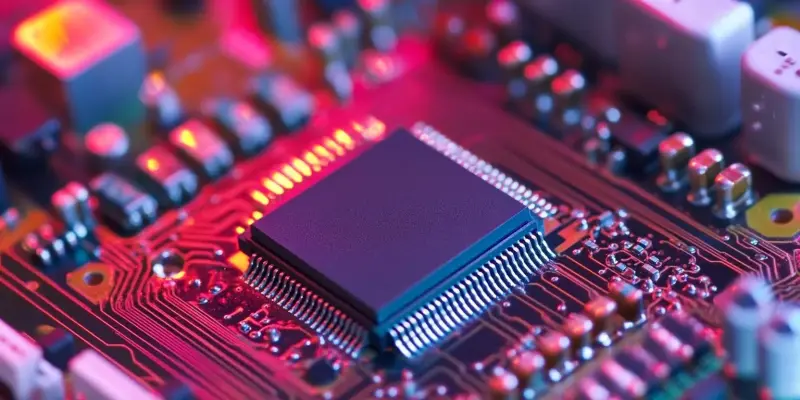In a notable shift within the semiconductor manufacturing sector, Qualcomm has recently placed advanced packaging orders with United Microelectronics Corporation (UMC), indicating strategic efforts to diversify its supply chain. This decision is especially significant considering the longstanding dominance of Taiwan Semiconductor Manufacturing Company (TSMC) in advanced packaging, particularly their CoWoS (Chip-on-Wafer-on-Substrate) technology. Qualcomm’s move towards UMC highlights the tech giant’s intention to mitigate potential supply chain bottlenecks associated with TSMC’s overwhelming demand and monopolistic control in the segment.
UMC’s role in Qualcomm’s strategy involves the integration of its proprietary Wafer-to-Wafer (WoW) Hybrid bonding technology into Qualcomm’s AI and high-performance computing (HPC) applications. This collaboration positions UMC as a burgeoning competitor in advanced semiconductor packaging, challenging TSMC’s market hegemony. Nonetheless, Qualcomm will maintain some reliance on TSMC for certain key semiconductor needs, such as components based on its Oryon architecture. By diversifying its advanced packaging suppliers, Qualcomm aims to ensure a more reliable and consistent supply chain, which is critical for sustaining its operations and meeting market demands.
The strategic move to involve UMC is expected to commence with trial production phases by mid-2025, followed by scaling up to full-scale operations in 2026. This development marks a critical moment for the advanced packaging industry, potentially opening new competitive avenues and enhancing the ecosystem for other firms dependent on semiconductor packaging. Qualcomm’s diversification is emblematic of a broader industry trend towards more resilient and varied supply chains, driven by the necessity to avoid over-reliance on a single supplier.
In conclusion, Qualcomm’s engagement with UMC represents a broader trend of evolving dynamics in the semiconductor industry, fostering competition and possibly heralding innovations in advanced packaging technologies. As the industry moves towards a more distributed and competitive framework, this shift could lead to significant advancements in efficiency, cost, and technological development. The collaboration between Qualcomm and UMC might well pave the way for future partnerships and breakthroughs, bolstering the resilience and adaptability of global semiconductor supply chains.

